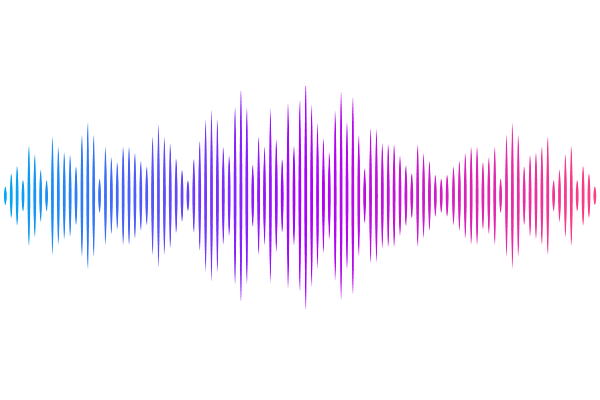Azadirachta indica: derived, red-emitting, carbon nanoparticles for cellular bioimaging and potential therapeutics

Azadirachta indica: derived, red-emitting, carbon nanoparticles for cellular bioimaging and potential therapeutics
Gandhi, S.; Jain, S.; Bhatia, D. D.; Yadav, P.
AbstractRed-emitting carbon nanoparticles (CNPs) were synthesized by the refluxed green synthesis method using ethanolic extract of neem leaves (Azadirachta indica). These nanoparticles were called as nQDs (neem quantum dots). The nQDs exhibited excellent photoluminescence properties with a maximum emission at 672nm, and the average size of nQDs was around 47nm. In the in-vitro study, Retinal Pigment epithelial (RPE1) cells and SUM159A cells showed enhanced cellular uptake. In RPE1 cells, the cellular uptake was higher than in SUM159A cells. In the biocompatibility assay, SUM159A cell viability declined with the increasing nQDs concentration. The results show that red-emissive CNPs can be synthesized from Azadirachta indica (neem) leaves using a simple method with a possible application in bioimaging and therapeutics.